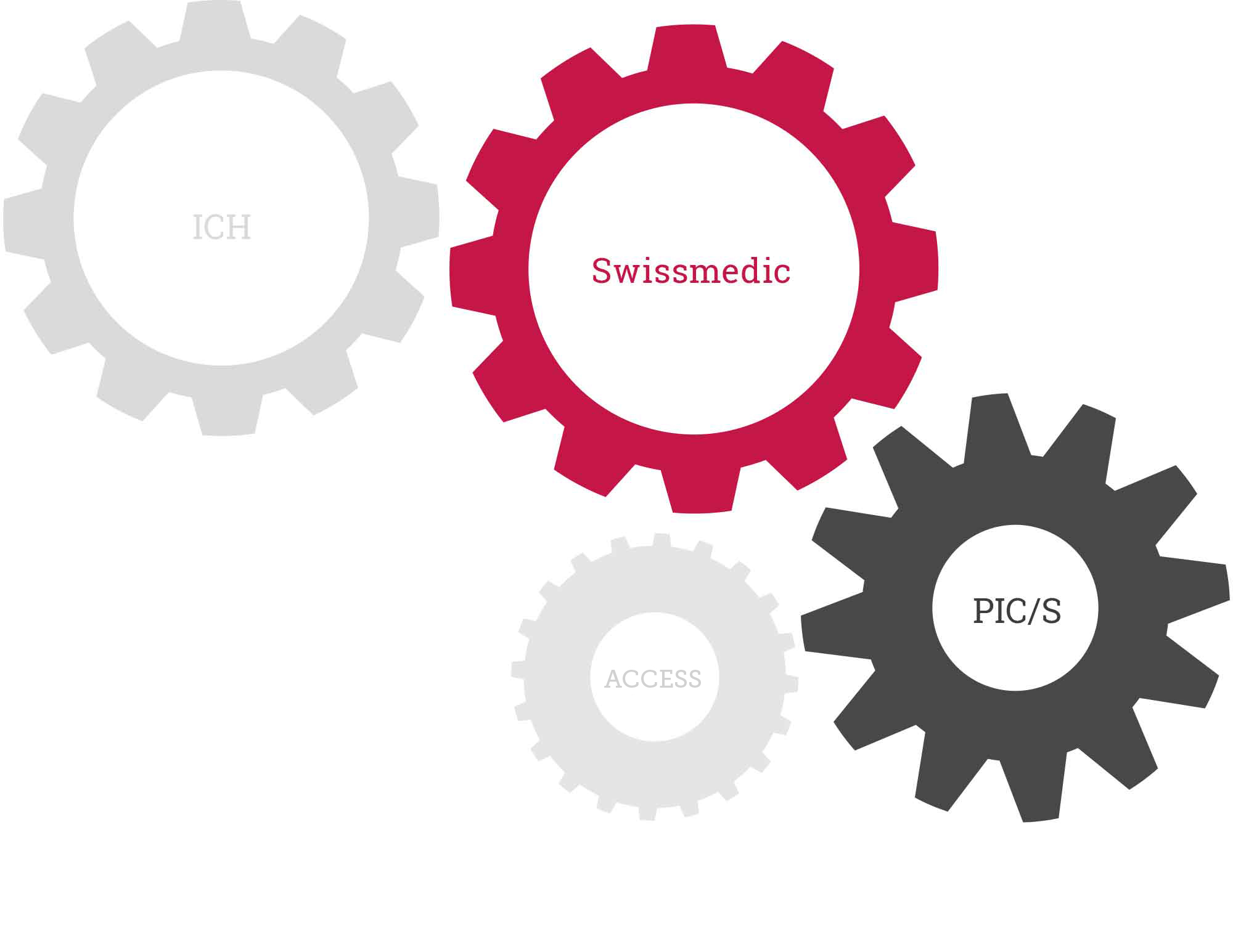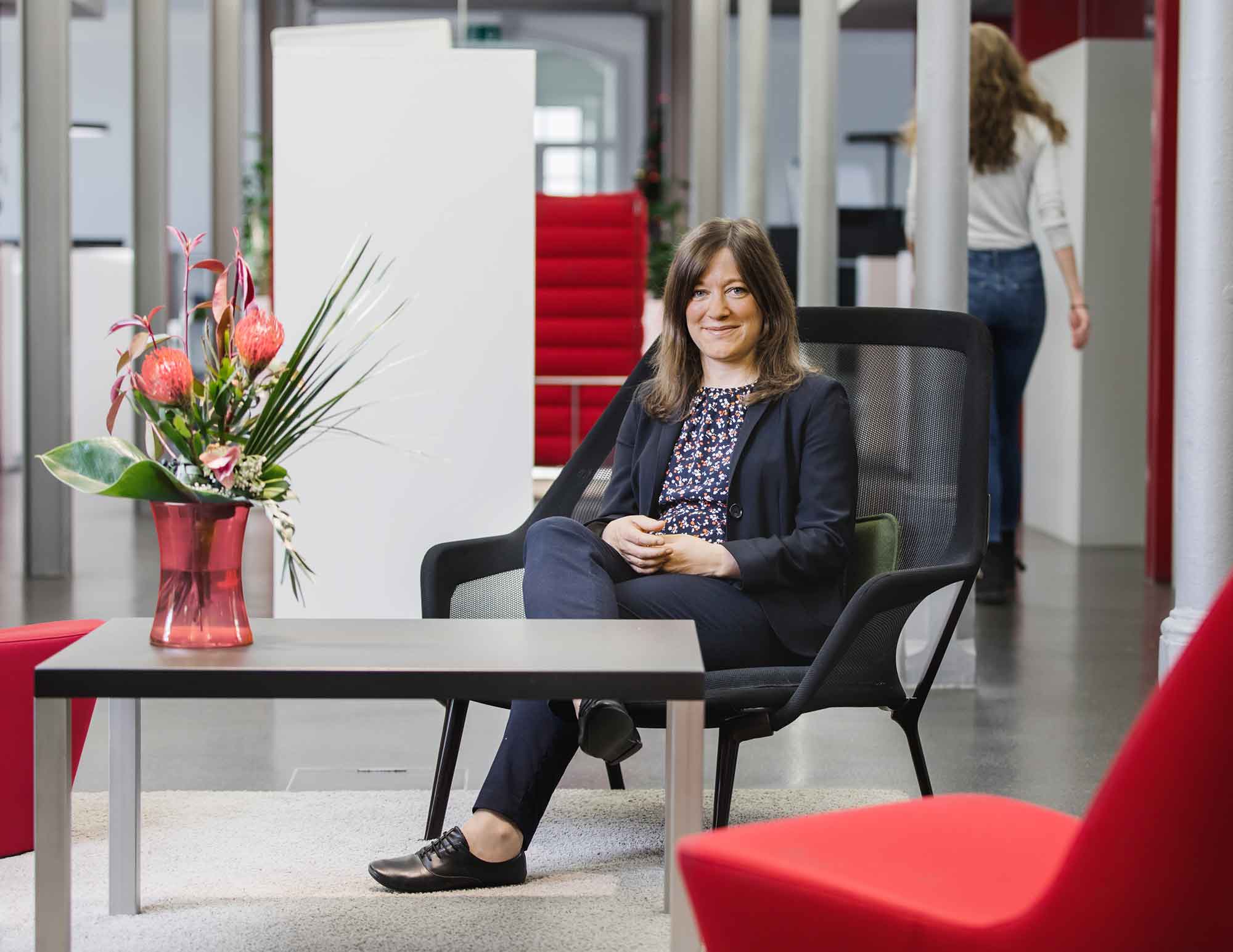
Whether it’s the ICH, ACCESS or PIC/S, Swissmedic has attached great importance to efficient, networked and global cooperation with its international partner organisations ever since it was founded in 2002.
Bilateral cooperation with partner authorities abroad is enshrined in the Federal Constitution. Article 64 paragraph 5 of the Therapeutic Products Act describes and defines the principles. These set out a variety of mechanisms designed to govern and above all simplify cooperation. Cooperation takes place both on an inter-authority basis and on various platforms. Swissmedic has contributed to all relevant commissions since it was founded in 2002. “We always focus on the tangible benefits and on fulfilling our legal mandate”, explains Gabriela Zenhäusern, who coordinates Swissmedic's international cooperation work with all stakeholder partners.
Example of the ICH: the industry on board
The International Council for Harmonisation of Technical Requirements for Pharmaceuticals for Human Use (ICH) has been in existence since 1990. It focuses on harmonising guidelines on human medicinal products and is notable primarily for working in partnership with the industry. The 2015 reform opened up the ICH so that any authority can now take part. This is particularly important for small markets. “Four new observer states – Argentina (ANMAT), Israel (CPED), Jordan (JFDA) and Saudi Arabia (SFDA) – were approved at the June 2019 ICH meeting in Amsterdam, which shows that it’s a truly global initiative”, says Gabriela Zenhäusern enthusiastically. The ICH turns 30 in 2020. It will be celebrating this special anniversary in Athens in the autumn.
ACCESS: Australia, Canada, Singapore, Switzerland
The ACCESS consortium – an association of like-minded authorities – was set up in 2007 with the aim of promoting greater cooperation and regulatory alignment and reducing duplication. “In the ACCESS, we try to find common ground on matters such as reviewing the quality, efficacy and safety of generics and new active substances. We hold bilateral discussions, exploit synergies and pool resources”, says Gabriela Zenhäusern, describing the purpose of the four-country consortium. In addition to sharing scientific information, the primary goal is to work more efficiently.
PIC/S: Building trust
Therapeutic products that are imported from other countries must always be inspected by the importing country at the place where they are manufactured. The Pharmaceutical Inspection Co-operation Scheme (PIC/S) leads the international development, implementation and maintenance of harmonised Good Manufacturing Practice (GMP) standards. “We create framework conditions so that countries do not have to individually approve therapeutic product standards by means of on-the-spot inspections”, explains Gabriela Zenhäusern. “Swissmedic is working towards a situation in which PIC/S members rely on inspection reports and manufacturers’ GMP certificates and thus have to carry out fewer inspections at home and abroad. This saves time and travel costs without jeopardising the quality, safety and efficacy of medicines.” However, countries are free to decide for themselves whether they are willing to place reliance in local authorities.
